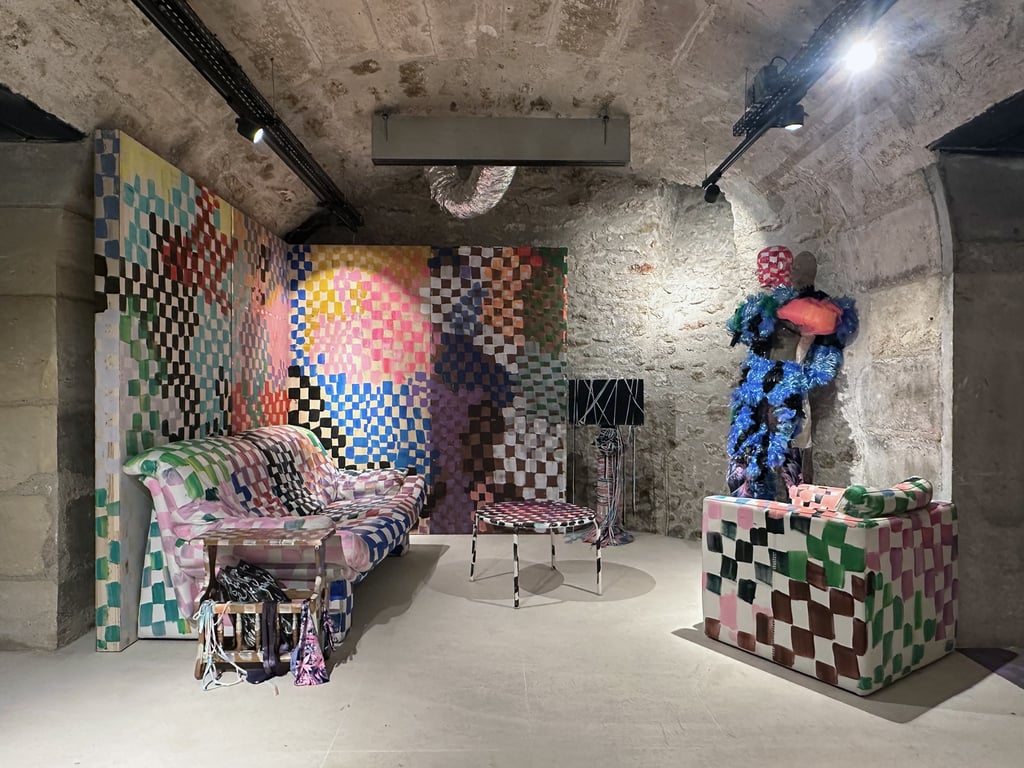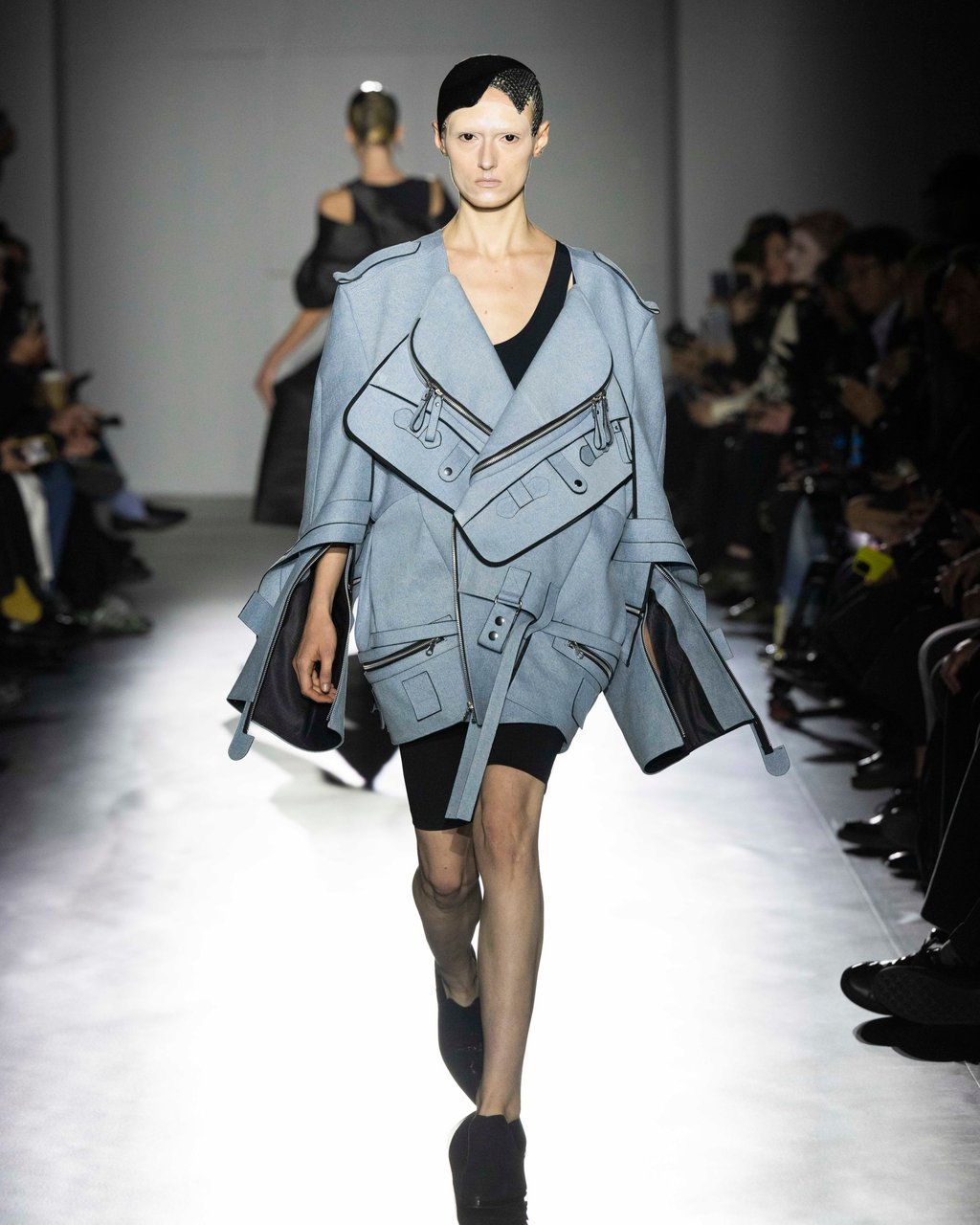The story behind Dover Street Market: Adrian Joffe and Comme des Garçons founder Rei Kawakubo started it to sell creative independent brands alongside luxury names like Balenciaga, Prada and Miu Miu

Comme des Garçons’ sister brands are among the labels found in the stores in London, New York, Los Angeles, Singapore, Beijing, Tokyo and Paris
Twenty years ago, Dover Street, in London’s Mayfair, was a quiet stretch of family-run shops and restaurants. It was certainly not the obvious spot for a fashion emporium offering creations from Japanese brands such as Comme des Garçons and Undercover, and independent labels that few had heard of at the time.
The “beautiful chaos” that Kawakubo and Joffe conjured up when the store opened was a novel idea back then – a time when so-called “concept stores” such as Colette in Paris were still around and luxury online shopping was in its infancy.

Since 2004, Dover Street Market, which eventually moved to bigger premises on London’s Haymarket not far from its original spot, has expanded to six other cities: New York, Los Angeles, Singapore, Beijing, Tokyo and Paris.
“We had no plan to build this. We always did it one by one. We never sat down and thought ‘in 20 years we’re going to have eight Dover Street Markets’,” says Joffe when Style met him in Paris during fashion week. “It really happened by chance. Even the second one was by chance. Someone was walking by a building in New York and said, ‘Why don’t you open Dover Street in New York?’ When we got to the third and fourth one, we started thinking that maybe we were onto something good and we could build a few more in major cities.”
Joffe, who was born in South Africa, studied Zen Buddhism in the UK and eventually moved to Japan where he met Kawakubo, is today one of the most respected business leaders in the luxury industry.

While Comme des Garçons and sister brands Junya Watanabe and Noir Kei Ninomiya are often praised for their avant-garde approach to design, the group is thriving – a rare example of a company where pure creativity and commercial success are not mutually exclusive.
“You can have commercial success without creativity – there are a lot of examples of that – but I don’t think you can have pure creation in the way that we want it without commercial success,” says Joffe. “For us creation trumps everything but if there’s no commercial success, it’s meaningless. The business aspect of what we do is a very strong second. There has to be commercial success or the creativity is useless. Rei doesn’t want to be in a gallery – ‘this is nice. I’ll put it on a wall’ and we’re fine. She’s a businesswoman, not an artist.”
The success of Dover Street Market, which has become just as important to the overall business as all the brands and lines under the Comme des Garçons umbrella, has shown that the right store in the right – or not quite right at first – location can still draw jaded shoppers used to buying online. Often located in off-the-beaten-track areas, Dover Street Market boutiques have become destinations, attracting creative types, hypebeasts and luxury lovers thanks to their unique offerings and distinctive view on fashion.